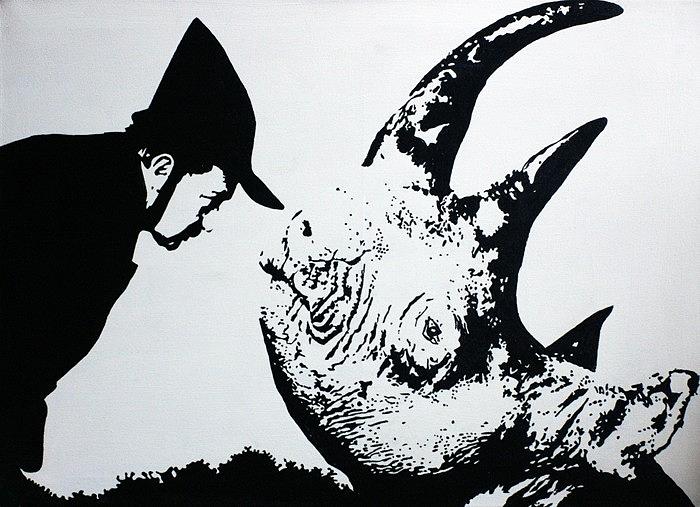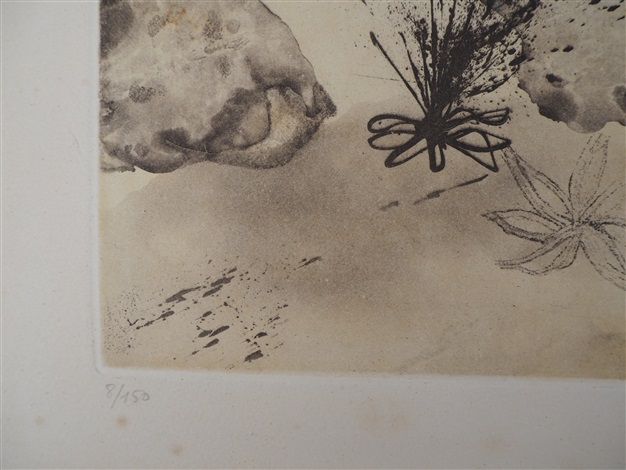
In fact, it's become known as the first Surrealist film yet remains paramount in the canon of experimental film to this day.ģ5mm Film - The Museum of Modern Art, New YorkĬentral to the piece is a large distorted human face looking down upon a landscape, a familiar rocky shoreline scene reminiscent of Dalí's home in Catalonia. The film turned out to be a sensation and gained Dalí entrance to the most creative group of Parisian artists at the time, The Surrealists. In the scene that follows, a razor blade slashes said eye in extreme close-up. For example, in this clip we find a glaring cow's eye in a woman's eye socket soliciting feelings of discomfort.


Un Chien Andalou recreates an ethereal setting in which images are presented in montaged clips in order to jostle reality and tap the unconscious, shocking the viewer awake.
#Dali rhino free#
It was at this point that he joined film director Luis Buñuel to create something truly new - a film that radically veered from narrative tradition with its dream logic, non-sequential scenes, lack of plot and nod to Freudian free association. Paradoxically defined by Dalí himself as a form of "irrational knowledge," this method was applied by his contemporaries, mostly Surrealists, to varied media, ranging from cinema to poetry to fashion.īy the age of 24 Dalí had acquired an art education, been inspired by Picasso to practice his own interpretation of Cubism, and was beginning to utilize Surrealist concepts in his paintings.


I spent the whole day seated before my easel, my eyes staring fixedly, trying to 'see', like a medium (very much so indeed), the images that would spring up in my imagination. Thus the first image I saw on awakening was the painting I had begun, as it was the last I saw in the evening when I retired. "I would awake at sunrise, and without washing or dressing sit down before the easel which stood right beside my bed.


 0 kommentar(er)
0 kommentar(er)
